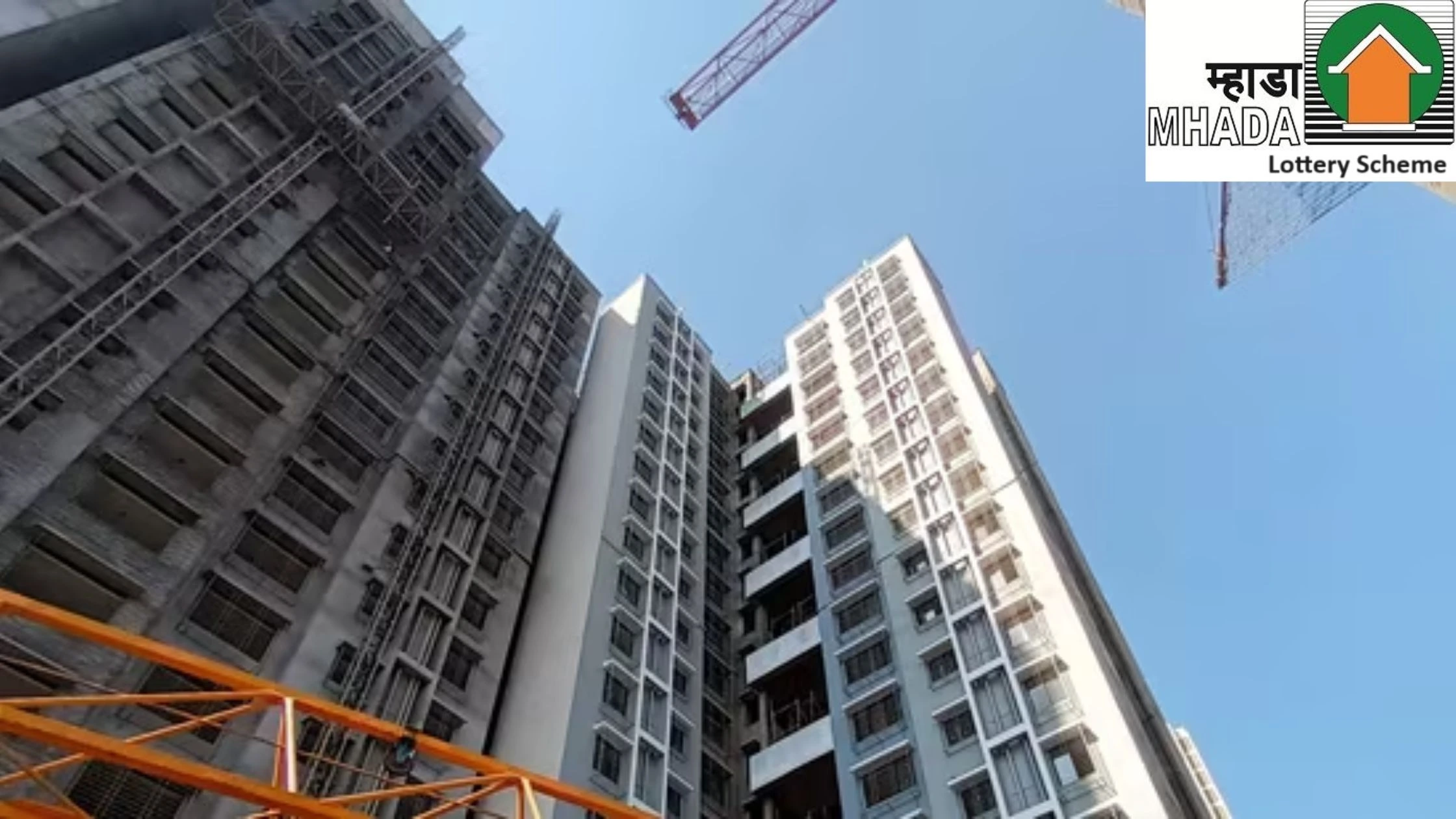Table of Content
- Government Proposal: Sharp Cuts in Stamp Duty and Registration Charges
- New Online System for Rent Registration
- Why the Reform Was Needed
- Financial Impact: How the New Rates Will Benefit Citizens
- Focus on Ease of Doing Business and Transparency
- Scope of Applicability and Future Roadmap
- Expert and Official Perspectives
- Conclusion
The Uttar Pradesh government is preparing to introduce a major reform that will benefit tenants and landlords across the state. The proposal to drastically reduce Uttar Pradesh stamp duty and registration fees on rent agreements aims to make formal rental contracts affordable, transparent, and legally secure.
Once approved by the state cabinet, this move could encourage millions of landlords and tenants to register their rent agreements legally, reducing disputes and promoting a more transparent rental housing ecosystem.
Government Proposal: Sharp Cuts in Stamp Duty and Registration Charges
According to officials from the Department of Stamps and Registration, the government has finalized a proposal to slash Uttar Pradesh stamp duty and registration fees for rental agreements across all categories.
Currently, high registration costs discourage many citizens from legally documenting rent arrangements. To address this, the proposed rates introduce significant reductions:
- Up to ₹2 lakh annual rent: Stamp duty reduced from ₹8,000 to ₹500
- ₹2–6 lakh annual rent: Reduced from ₹24,000 to ₹1,500
- ₹6–10 lakh annual rent: Reduced from over ₹40,000 to ₹2,500
Additionally, the registration fee earlier calculated as 1% of the total rental value will now be fixed at a nominal amount, further easing the burden on tenants and landlords.
Officials said this reform will make it financially viable for more people to register agreements, ultimately expanding the formal rental market base.
Also Read: Circle Rate in UP 2025: A Complete Guide for Homebuyers
New Online System for Rent Registration
Complementing the cost reduction, the Uttar Pradesh government is also launching a new digital platform for rent registration. This online system will allow landlords and tenants to execute rent agreements digitally using Aadhaar-based verification, eliminating the need for physical visits to sub-registrar offices.
The platform will be integrated with the state’s existing property registration system, ensuring seamless digital execution and storage of rental documents.
This initiative not only simplifies the registration process but also aligns with the government’s broader effort to digitize property transactions. Together, the new portal and the revision of Uttar Pradesh stamp duty and registration fees will make rental documentation faster, cheaper, and more transparent.
Why the Reform Was Needed
For years, the rental market in Uttar Pradesh has operated largely informally. The majority of landlords prefer short-term, 11-month verbal or unregistered agreements to avoid high Uttar Pradesh stamp duty and registration fees and cumbersome paperwork.
However, unregistered agreements often create legal complications. They hold little value in court, leaving both landlords and tenants vulnerable in the event of disputes.
According to government data, only around 36,000 rent agreements were registered in Uttar Pradesh during 2024–25 a small fraction compared to the millions of rental arrangements across the state.
Officials say the proposed reforms are designed to change this scenario by making registration affordable and simple, ensuring both parties have legal protection while also improving government data collection on rental housing.
Financial Impact: How the New Rates Will Benefit Citizens
The reduction in Uttar Pradesh stamp duty and registration fees will offer direct financial relief. For instance, someone renting a flat for ₹25,000 per month or ₹3 lakh annually would currently pay around ₹24,000 in stamp duty. Under the new rates, that same tenant would pay only ₹1,500.
This represents nearly a 94% reduction in upfront registration cost.
For landlords, the reform reduces paperwork, legal risks, and the need to rely on informal agreements. The government expects that while per-agreement revenue might decrease, the sheer increase in the number of registered agreements will boost overall collections in the long term.
Officials estimate that with affordable fees and an online system in place, the number of registered rent agreements could increase tenfold in the next few years.
Focus on Ease of Doing Business and Transparency
The proposed reforms also support Uttar Pradesh’s ongoing mission to improve its ease of doing business ranking. A simplified online process and lower Uttar Pradesh stamp duty and registration fees will help entrepreneurs, companies, and professionals renting offices or co-living spaces to formalize their arrangements without administrative delays.
Moreover, digital Aadhaar-based verification ensures that only genuine owners and tenants can execute agreements, reducing the risk of fraudulent transactions.
This transition to online documentation is expected to enhance transparency, cut down on middlemen, and minimize corruption, all while ensuring that every agreement is legally valid and easily verifiable.
Scope of Applicability and Future Roadmap
According to the proposal, the revised Uttar Pradesh stamp duty and registration fees will apply to rent agreements of up to 10 years. Longer leases, typically exceeding 30 years and classified as property transfers, will continue to be registered based on the land’s market value.
However, the state is also considering reviewing the fee structure for long-term lease agreements in the future, given the growing popularity of institutional rental housing models.
This move is part of a broader roadmap to modernize the property registration ecosystem in Uttar Pradesh, covering both ownership and tenancy transactions under a unified, digital framework.
Also Read: Uttar Pradesh Govt Allows Noida Authority’s Nod for Extra FAR in Sector 107 Project
Expert and Official Perspectives
Senior officials in the Department of Stamps and Registration, including Inspector General Neha Sharma, have confirmed that the proposal has been finalized and is now awaiting cabinet approval.
They expect a significant surge in formal registrations once the new structure comes into effect. Experts believe the reform will encourage transparency in the rental market and attract professional housing operators who previously avoided the state due to high registration costs.
Policy analysts also highlight that Uttar Pradesh’s initiative could serve as a template for other states, especially those struggling with unregistered rental markets.
Conclusion
The upcoming reform of stamp duty and registration fees in Uttar Pradesh represents a pivotal step in reshaping the state’s rental housing ecosystem. By slashing costs and introducing digital registration, the government is making it easier and cheaper for citizens to formalize their tenancy agreements.
This initiative not only strengthens legal protection for both landlords and tenants but also promotes greater transparency and accountability in the real estate sector.
As Uttar Pradesh prepares to implement this landmark change, it signals a decisive shift toward a modern, digitally driven, and legally secure rental market, one that benefits citizens, strengthens governance, and supports the state’s housing and economic goals for the years ahead.


_1764657403.webp)

_1764578993.webp)




Ans 1. The state government plans to drastically reduce stamp duty and registration fees for rental agreements, making them more affordable. For example, agreements with annual rent up to ₹2 lakh will see stamp duty drop from ₹8,000 to ₹500.
Ans 2. Both tenants and landlords will benefit. Tenants save on upfront costs, while landlords are encouraged to formalize rental contracts, reducing disputes and legal risks.
Ans 3. The digital platform will allow landlords and tenants to execute agreements online using Aadhaar-based verification. It integrates with the state’s property registration system, eliminating the need for physical visits to sub-registrar offices.
Ans 4. High stamp duty and registration fees discouraged legal registration of rent agreements, leading to informal contracts that hold little legal value. The reform aims to make registration accessible, secure, and transparent.
Ans 5. The reform could reduce upfront stamp duty by up to 94% for many tenants. For instance, an agreement with ₹3 lakh annual rent would cost ₹1,500 instead of ₹24,000 under the new rates.
Ans 6. The revised fees will apply to agreements of up to 10 years. Longer leases, usually over 30 years, will continue to be registered based on the property’s market value.
Ans 7. Digital registration, Aadhaar verification, and lower fees will encourage more formal agreements, reduce fraud, and minimize reliance on middlemen, creating a transparent and legally secure rental ecosystem.
Ans 8. The proposal is awaiting state cabinet approval. Once approved, the new rates and online system will come into effect, expected to significantly increase the number of registered rent agreements.